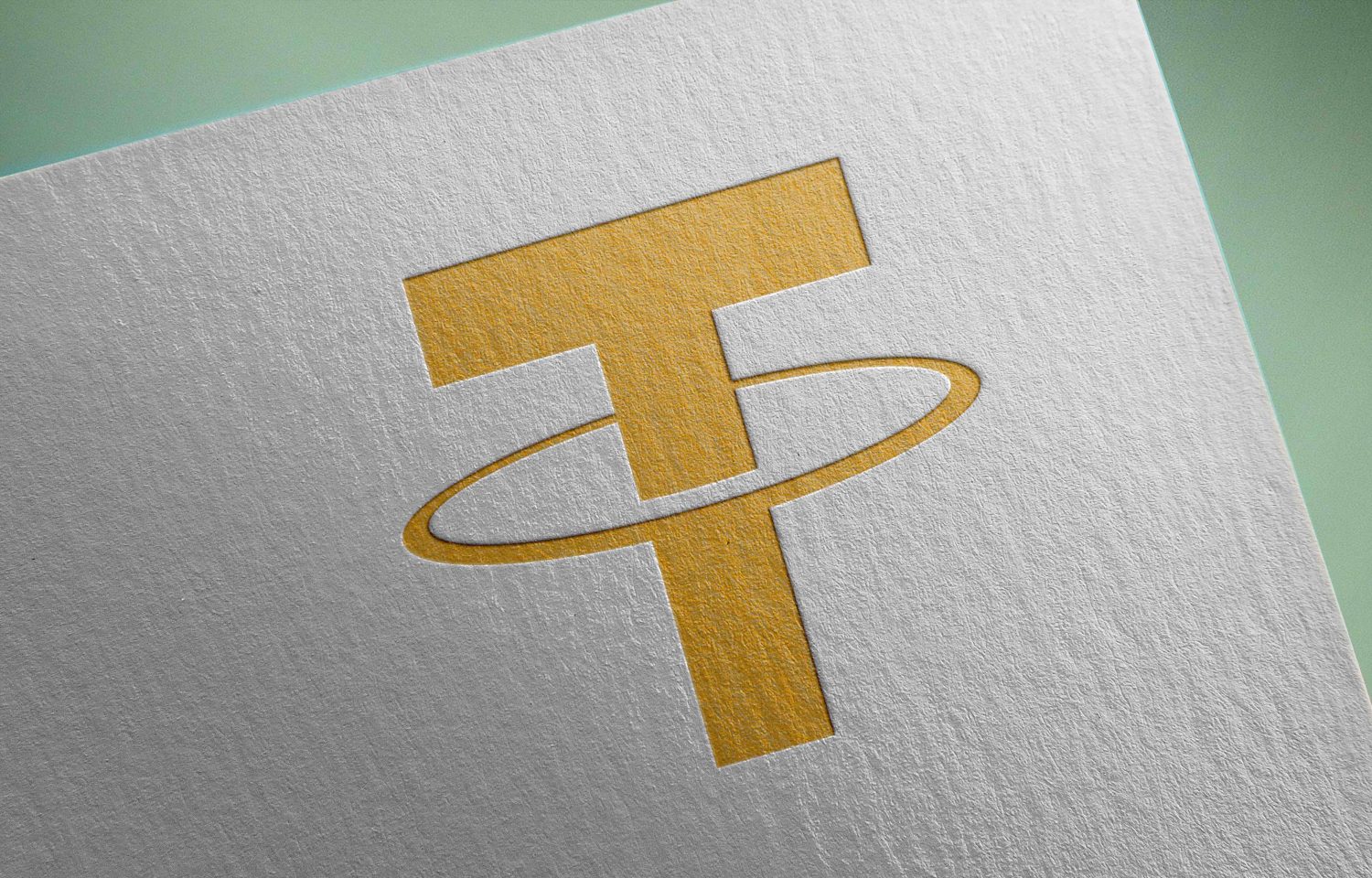Tether Steps Into AI With Open-Source Platform That Supports Crypto Payments
06.05.2025 12:00 2 min. read Alexander Stefanov
Tether, best known for powering the USDT stablecoin, is stepping beyond finance and into artificial intelligence.
The company has announced a new project called Tether AI, aimed at decentralizing access to machine learning tools and weaving crypto functionality directly into AI infrastructure.
The initiative centers around a platform called Personal Infinite Intelligence—an open-source system designed to run on virtually any device without relying on centralized APIs or third-party control. CEO Paolo Ardoino described the project as a way to make AI development more accessible and resilient, eliminating single points of failure and dependency on major tech providers.
One of the standout features of the platform is its built-in crypto payment capability. Developers will be able to integrate native support for Bitcoin and USDT payments using a toolkit likely tailored for wallets—potentially allowing autonomous AI agents to initiate blockchain transactions on their own.
This push into AI aligns with Tether’s broader strategy of branching into new sectors, including energy and education. By championing open-source, hardware-flexible AI systems, the company is joining a growing movement focused on creating decentralized alternatives to the cloud-based, closed AI models currently dominating the space.
While the exact timeline for launch remains unclear, Tether’s foray into AI reflects a broader trend within crypto, where developers are racing to combine blockchain technology with the next generation of intelligent systems.
-
1
Telegram Launches TON Wallet for U.S. Users, Unlocking in-app Crypto Features
22.07.2025 17:30 2 min. read -
2
Polymarket Eyes Launching Stablecoin to Capture Reserve Profits
23.07.2025 10:30 2 min. read -
3
Western Union Explores Stablecoin Integration After GENIUS Act Approval
22.07.2025 10:00 2 min. read -
4
JPMorgan Eyes Crypto-backed Loans Amid Favorable U.S. Policy Shift
22.07.2025 9:35 2 min. read -
5
Coinbase Brings Perpetual Futures to U.S. Traders Under CFTC Regulation
22.07.2025 13:33 2 min. read
Visa Settles $200M in Stablecoin Transactions, Eyes Long-term Potential
Visa reported over $200 million in stablecoin settlements during Q2 2025, a milestone in its growing commitment to digital asset infrastructure.
Coinbase and JPMorgan Chase Partner to Expand Crypto Access for 80M+ Customers
Coinbase has announced a major partnership with JPMorgan Chase, the largest U.S. bank, aimed at expanding access to cryptocurrencies for over 80 million Chase customers.
Bank of Korea Launches New Division to Oversee Crypto and Stablecoin Developments
The Bank of Korea (BOK) has taken a significant step toward deepening its involvement in the digital asset ecosystem by establishing a dedicated virtual asset division, according to a report from local media outlet News1.
JPMorgan: Coinbase Could Gain $60B From USDC-Circle Ecosystem
A new report from JPMorgan is shedding light on the staggering upside potential of Coinbase’s partnership with Circle and its deep exposure to the USDC stablecoin.
-
1
Telegram Launches TON Wallet for U.S. Users, Unlocking in-app Crypto Features
22.07.2025 17:30 2 min. read -
2
Polymarket Eyes Launching Stablecoin to Capture Reserve Profits
23.07.2025 10:30 2 min. read -
3
Western Union Explores Stablecoin Integration After GENIUS Act Approval
22.07.2025 10:00 2 min. read -
4
JPMorgan Eyes Crypto-backed Loans Amid Favorable U.S. Policy Shift
22.07.2025 9:35 2 min. read -
5
Coinbase Brings Perpetual Futures to U.S. Traders Under CFTC Regulation
22.07.2025 13:33 2 min. read


